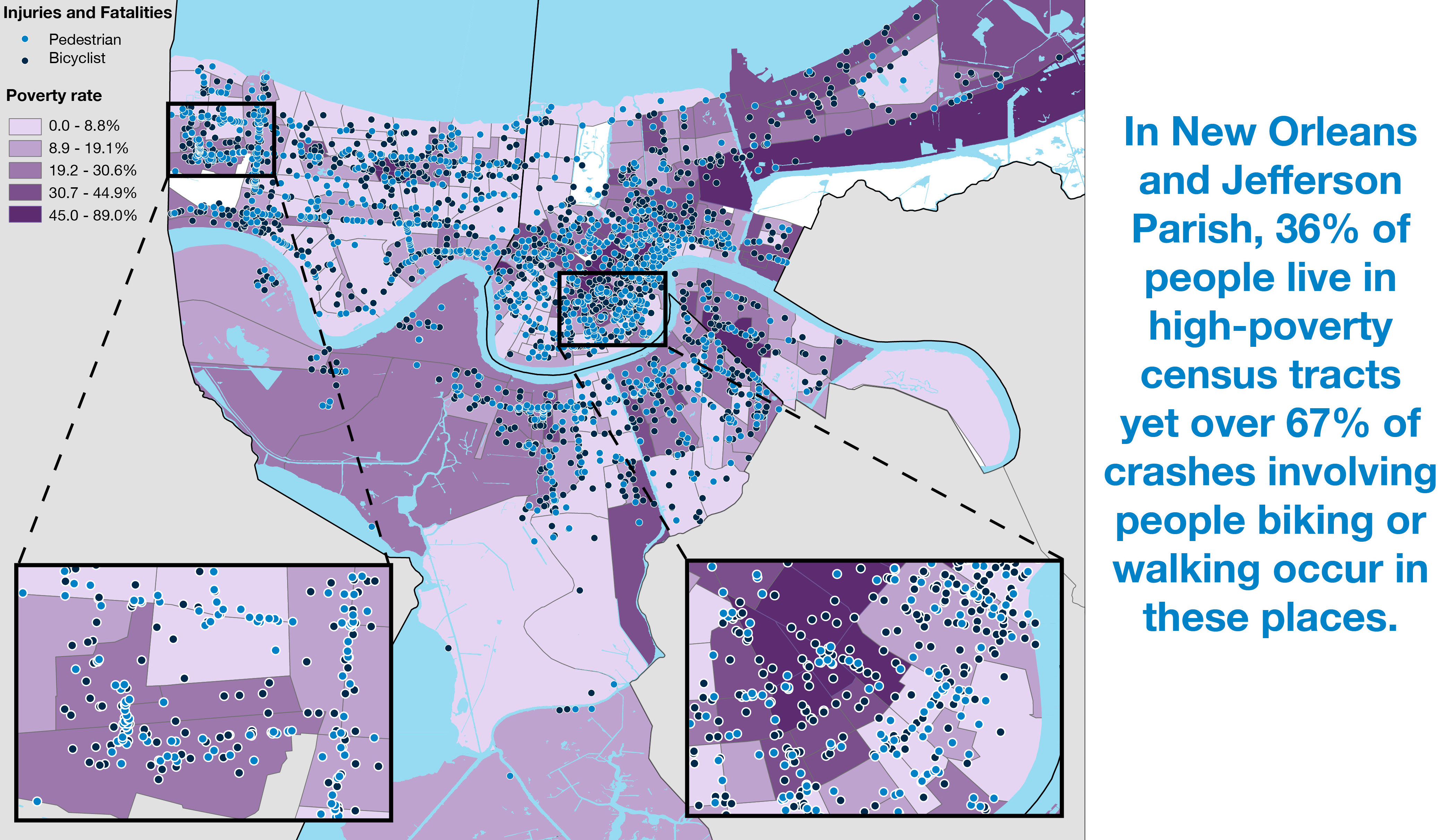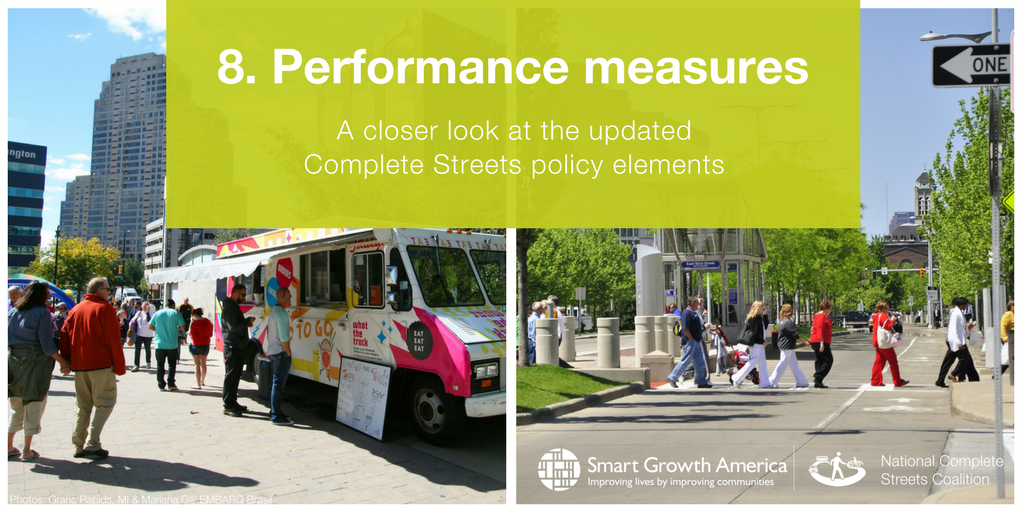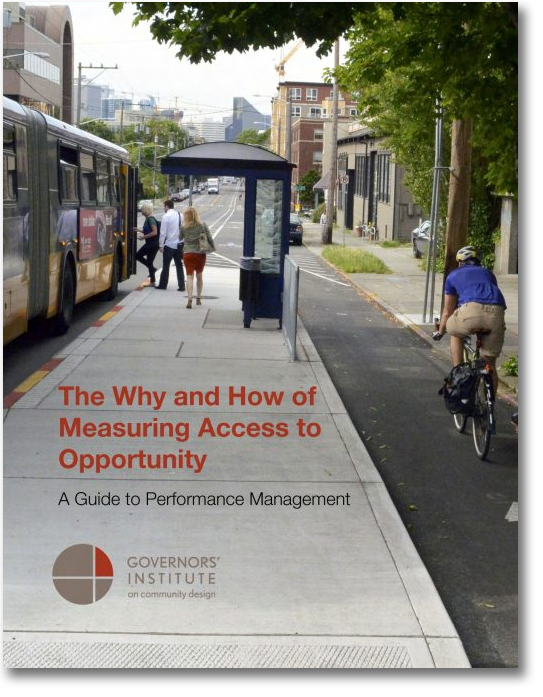 Communities have seen amazing results from their Complete Streets projects. These projects have made streets safer, increased the number of people biking, walking, and taking transit, and have been related to broader economic gains. But too few communities measure these results.
Communities have seen amazing results from their Complete Streets projects. These projects have made streets safer, increased the number of people biking, walking, and taking transit, and have been related to broader economic gains. But too few communities measure these results.
Our newest guide is designed to make it easier for transportation professionals to understand and use new measures of success. Evaluating Complete Streets Projects: A guide for practitioners is a beginners guide to performance measures for Complete Streets projects published today by the National Complete Streets Coalition.
Meant for agencies interested in but just beginning their project evaluation efforts, this resource provides general first steps to take in evaluating projects, useful measures and metrics for common Complete Streets goals, tips for sharing successes, and further resources for those ready to dive deeper into the why and how of performance measurement for Complete Streets.
Measuring project performance can help transportation agencies understand what’s working and what’s not. It’s a crucial way for agencies to align project decisions with established goals, and can clearly demonstrate a project’s success. All of this can help transportation agencies build public support for their work and get the most out of their investments. Our new guide is a great first step in achieving these goals.






